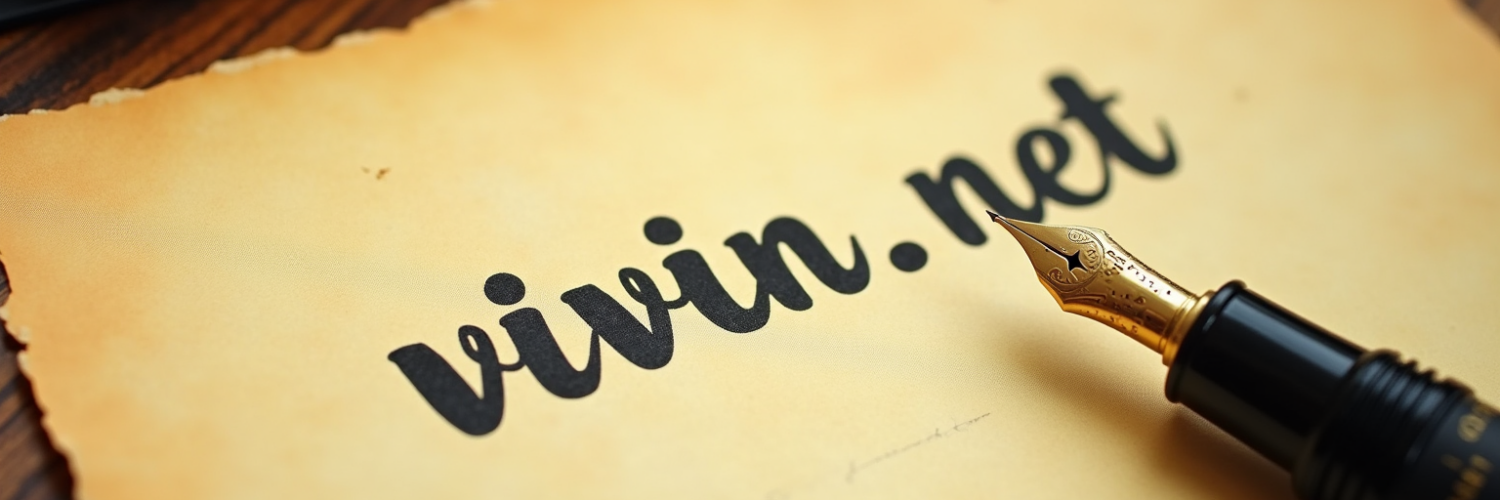As far as what I've covered so far, here is the code its entirety; I hope you find it useful:
public class ZoomView extends View {
//These two constants specify the minimum and maximum zoom
private static float MIN_ZOOM = 1f;
private static float MAX_ZOOM = 5f;
private float scaleFactor = 1.f;
private ScaleGestureDetector detector;
//These constants specify the mode that we're in
private static int NONE = 0;
private static int DRAG = 1;
private static int ZOOM = 2;
private int mode;
//These two variables keep track of the X and Y coordinate of the finger when it first
//touches the screen
private float startX = 0f;
private float startY = 0f;
//These two variables keep track of the amount we need to translate the canvas along the X
//and the Y coordinate
private float translateX = 0f;
private float translateY = 0f;
//These two variables keep track of the amount we translated the X and Y coordinates, the last time we
//panned.
private float previousTranslateX = 0f;
private float previousTranslateY = 0f;
public ZoomView(Context context) {
super(context);
detector = new ScaleGestureDetector(getContext(), new ScaleListener());
}
@Override
public boolean onTouchEvent(MotionEvent event) {
switch (event.getAction() & MotionEvent.ACTION_MASK) {
case MotionEvent.ACTION_DOWN:
mode = DRAG;
//We assign the current X and Y coordinate of the finger to startX and startY minus the previously translated
//amount for each coordinates This works even when we are translating the first time because the initial
//values for these two variables is zero.
startX = event.getX() - previousTranslateX;
startY = event.getY() - previousTranslateY;
break;
case MotionEvent.ACTION_MOVE:
translateX = event.getX() - startX;
translateY = event.getY() - startY;
//We cannot use startX and startY directly because we have adjusted their values using the previous translation values.
//This is why we need to add those values to startX and startY so that we can get the actual coordinates of the finger.
double distance = Math.sqrt(Math.pow(event.getX() - (startX + previousTranslateX), 2) +
Math.pow(event.getY() - (startY + previousTranslateY), 2)
);
if(distance > 0) {
dragged = true;
}
break;
case MotionEvent.ACTION_POINTER_DOWN:
mode = ZOOM;
break;
case MotionEvent.ACTION_UP:
mode = NONE;
dragged = false;
//All fingers went up, so let's save the value of translateX and translateY into previousTranslateX and
//previousTranslate
previousTranslateX = translateX;
previousTranslateY = translateY;
break;
case MotionEvent.ACTION_POINTER_UP:
mode = DRAG;
//This is not strictly necessary; we save the value of translateX and translateY into previousTranslateX
//and previousTranslateY when the second finger goes up
previousTranslateX = translateX;
previousTranslateY = translateY;
break;
}
detector.onTouchEvent(event);
//We redraw the canvas only in the following cases:
//
// o The mode is ZOOM
// OR
// o The mode is DRAG and the scale factor is not equal to 1 (meaning we have zoomed) and dragged is
// set to true (meaning the finger has actually moved)
if ((mode == DRAG && scaleFactor != 1f && dragged) || mode == ZOOM) {
invalidate();
}
return true;
}
@Override
public void onDraw(Canvas canvas) {
super.onDraw(canvas);
canvas.save();
//We're going to scale the X and Y coordinates by the same amount
canvas.scale(scaleFactor, scaleFactor);
//If translateX times -1 is lesser than zero, let's set it to zero. This takes care of the left bound
if((translateX * -1) < 0) {
translateX = 0;
}
//This is where we take care of the right bound. We compare translateX times -1 to (scaleFactor - 1) * displayWidth.
//If translateX is greater than that value, then we know that we've gone over the bound. So we set the value of
//translateX to (1 - scaleFactor) times the display width. Notice that the terms are interchanged; it's the same
//as doing -1 * (scaleFactor - 1) * displayWidth
else if((translateX * -1) > (scaleFactor - 1) * displayWidth) {
translateX = (1 - scaleFactor) * displayWidth;
}
if(translateY * -1 < 0) {
translateY = 0;
}
//We do the exact same thing for the bottom bound, except in this case we use the height of the display
else if((translateY * -1) > (scaleFactor - 1) * displayHeight) {
translateY = (1 - scaleFactor) * displayHeight;
}
//We need to divide by the scale factor here, otherwise we end up with excessive panning based on our zoom level
//because the translation amount also gets scaled according to how much we've zoomed into the canvas.
canvas.translate(translateX / scaleFactor, translateY / scaleFactor);
/* The rest of your canvas-drawing code */
canvas.restore();
}
private class ScaleListener extends ScaleGestureDetector.SimpleOnScaleGestureListener {
@Override
public boolean onScale(ScaleGestureDetector detector) {
scaleFactor *= detector.getScaleFactor();
scaleFactor = Math.max(MIN_ZOOM, Math.min(scaleFactor, MAX_ZOOM));
return true;
}
}
}UPDATE
Chris Rogers figured out how to make sure that the display stays centered on the screen. In the canvas.scale(...) call, do the following instead:
canvas.scale(this.scaleFactor, this.scaleFactor, this.detector.getFocusX(), this.detector.getFocusY());

I appreciate how clear you tried to explain everything. Thank you!
I want to do a “zoomable paint”, I mean a paint that I can zoom/zoom out and pan/drag the canvas and then draw on it.
I have a problem that I can’t solve: when I draw while the canvas is zoomed, I retrieve the X and Y coordinate and effectively drawing it on the canvas. But these coordinates are not correct because of the zoomed canvas.
I tried to correct these (multiply by (zoomHeigh/screenHeight)) but I can’t find a way to retrieve where I must draw on the original/none-zoomed screen
Whenever I try to implement above method the screen jitters on account of zoom effect but does not zoom essentially. I am drawing circle points on canvas and on zooming I want them to scale further apart. I don’t know if I tend to custom draw those circle points based on dimensions of zoomed canvas why is the overall effect a mere jitter ?